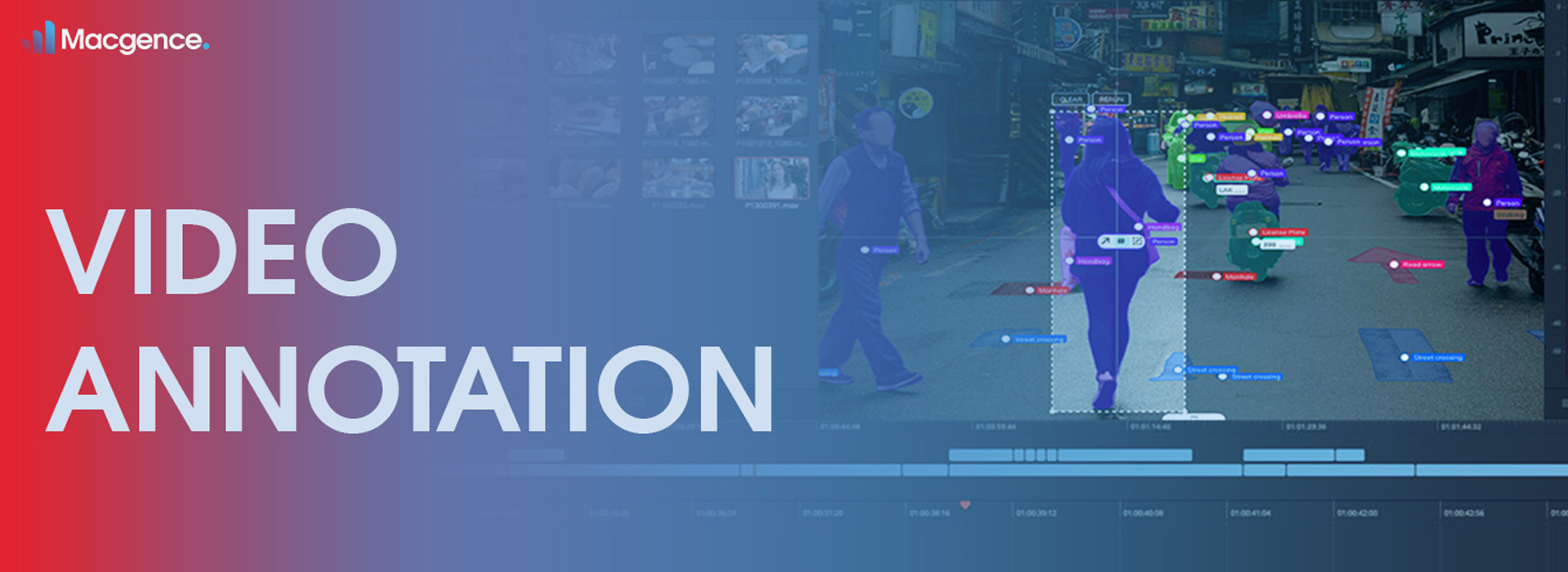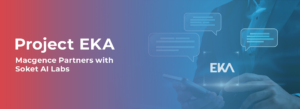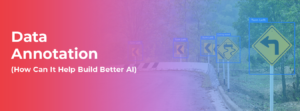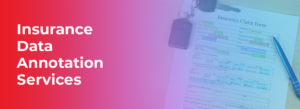The Benefits of Video Annotation for Machine Learning
Videos hold immense power, speaking volumes beyond words alone. In the field of artificial intelligence, computer learning pioneers innovative advancements. These advancements include fields such as driverless cars and intelligent retail checkouts. Video annotation plays a central role in these milestones. It is a vital process. It empowers machine learning algorithms to decipher complex visuals by using descriptive markers. By harnessing the potential of video annotation, industries can achieve remarkable feats. They can push boundaries, foster innovation, and transform the way we conduct business.
This guide will explore video annotation applications and their impact on different sectors.
What is video annotation?

Video Annotation is a process which involves adding informative labels or markings to videos. These markings help identify and describe elements within the videos. These labels include objects, actions, or regions. The annotation process is crucial. It plays a significant role in training machine learning algorithms. Its purpose is to interpret video data accurately. This technique has a key benefit. It makes information accessible to algorithms. As a result, algorithms can learn patterns and make accurate predictions.
As a result, there are two main benefits of video annotation. First, it improves the quality of training data. Second, it enhances the performance of machine learning models.
Types of video annotation
In the field of machine learning, there are different techniques for Video Annotation. These techniques help label and annotate various aspects of videos to improve analysis. There are several common types of video annotation, such as:
Landmark annotation: This technique labels and identifies specific landmarks in videos. These landmarks are points of interest. They can include buildings, monuments, or crossroads captured in the footage. Various scenarios make use of the application of landmark annotation. Some examples include face detection and studying animal behaviour.

Semantic segmentation: This technique involves labelling particular regions or objects in a video. It also assigns semantic labels to them. Every pixel in the video frame is assigned the appropriate label based on its category or class. Medical imaging and satellite imagery analysis are among its many uses.
Polygons: In a video, polygons outline and label regions of interest or shaped objects. By connecting vertices, polygons define the boundaries and shapes of these objects. They find practical applications in different contexts. For example, companies use them in object detection and analysing traffic patterns.
Importance and benefits of video annotation
Video Annotation is an essential tool that improves training data. It involves labelling important aspects in video recordings. These aspects can include objects, actions, or regions of interest. This provides valuable guidance to machine learning algorithms during their learning process. As a result, the accuracy of analysing video content is significantly enhanced. Also, the performance in understanding video content is also improved.
Accurate annotation brings a major advantage: enhanced object recognition. Thoroughly annotating objects in videos equips algorithms with improved skills. These skills enable them to identify and track objects with greater precision. This ability proves vital in domains like autonomous driving. The reliable identification of cars, pedestrians, and other obstacles is crucial. Tracking them accurately is essential for safer and more efficient navigation.
Furthermore, it presents a valuable chance to enhance action recognition. By labelling actions, algorithms gain better abilities. They can interpret and understand human actions depicted in videos. This has noteworthy implications in domains like video surveillance and sports analytics. Algorithms can predict ongoing or future actions by identifying patterns they detect. It enables analysts to explore emotions and sentiments expressed in videos. By providing detailed annotations of facial expressions and gestures, algorithms can recognise emotions. They can also interpret these emotions accurately. This technology plays a vital role in implementing Sentiment Analysis. It also contributes to customer feedback analysis and tailored content recommendations.
Real-World Applications of Video Annotation
It is essential in many real-world contexts across different industries and domains. Some prominent real-world applications of video annotation include:
Surveillance and Security: It aids in enhancing surveillance systems. It achieves this by identifying and tracking people and detecting suspicious activities. It enhances security in various settings like public places, airports, and vital infrastructure. For example, in airports, it plays a crucial role. It labels and tracks people. This helps to identify potential threats and ensures a safer environment for travellers.
Entertainment and Media: This enhances entertainment experiences. It does this by enabling unique recommendations based on user preferences. Platforms like YouTube and Instagram use this technique. They analyse user behaviour, annotate content metadata, and deliver tailored suggestions.
Retail and E-commerce: It transforms retail and e-commerce. It does this by analysing customer behaviour and preferences. For instance, online platforms can leverage annotation techniques. They analyse customer interactions with products. They aim to understand their preferences and offer personalised product suggestions.

Conclusion
In conclusion, it is a valuable tool. It has wide-ranging applications across various industries. The growing need for efficient visual data analysis has driven advancements in this field. The future of these holds great potential. New techniques are emerging to label and interpret complex information. These advancements will enable faster and more accurate analysis of large-scale video datasets. With the continuous progress of technology, it is set to play an even more significant role. It will unlock valuable insights and drive innovation in diverse arenas globally.
How can Macgence help?
Macgence is a top provider of AI training data services specialising in video annotation. Our team is dedicated to delivering top-notch annotation quality. We also ensure compatibility across various industries. We provide services to businesses of any size and across all industries. Our aim to leverage video annotation for innovation and significant outcomes.
Frequently Asked Questions (FAQ)
Q1. What are the commonly used techniques for video annotation?
Commonly used video annotation techniques include landmark annotation, semantic segmentation, and polygons.
Q2. How can businesses leverage video annotation to gain a competitive edge?
Businesses can leverage video annotation in various ways. Video annotation enhances object and action recognition. It can also analyse emotions and sentiments. As well as provide personalised recommendations based on customer behaviour and preferences.
Q3. Does Macgence provide customisable video annotation solutions tailored to specific industry needs?
Yes, Macgence provides customisable video annotation solutions tailored to specific industry needs.
You Might Like
February 28, 2025
Project EKA – Driving the Future of AI in India
Spread the loveArtificial Intelligence (AI) has long been heralded as the driving force behind global technological revolutions. But what happens when AI isn’t tailored to the needs of its diverse users? Project EKA is answering that question in India. This groundbreaking initiative aims to redefine the AI landscape, bridging the gap between India’s cultural, linguistic, […]
March 7, 2025
What is Data Annotation? And How Can It Help Build Better AI?
Spread the loveIntroduction In the world of digitalised artificial intelligence (AI) and machine learning (ML), data is the core base of innovation. However, raw data alone is not sufficient to train accurate AI models. That’s why data annotation comes forward to resolve this. It is a fundamental process that helps machines to understand and interpret […]
March 6, 2025
Vertical AI Agents: Redefining Business Efficiency and Innovation
Spread the loveThe pace of industry activity is being altered by the evolution of AI technology. Its most recent advancement represents yet another level in Vertical AI systems. This is a cross discipline form of AI strategy that aims to improve automation in decision making and task optimization by heuristically solving all encompassing problems within […]
March 5, 2025
Use of Insurance Data Annotation Services for AI/ML Models
Spread the loveThe integration of artificial intelligence (AI) and machine learning (ML) is rapidly transforming the insurance industry. In order to build reliable AI/ML models, however, thorough data annotation is necessary. Insurance data annotation is a key step in enabling automated systems to read complex insurance documents, identify fraud, and optimize claim processing. If you […]


 Previous Blog
Previous Blog







